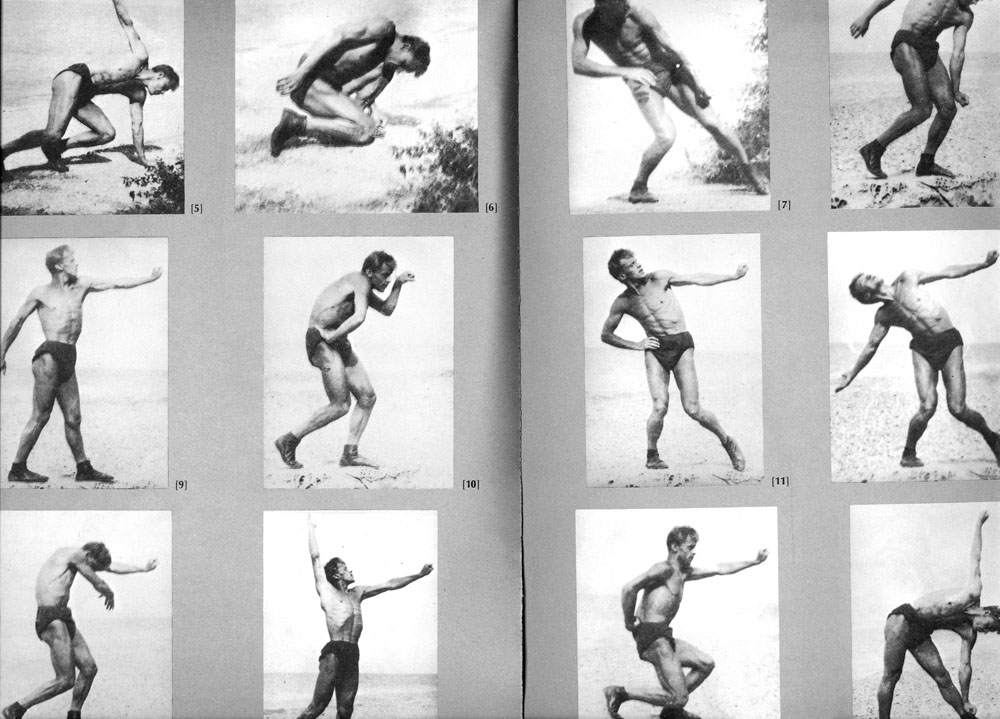In response to Design for Wearability … “Wearability is defined as the interaction between the human body and the wearable object. Dynamic wearability extends that definition to include the human body in motion. … Study of the human body focuses on form & dynamics.”
This study notes that there are human-centric factors (placement on the body, shape definition, human movement, human perception of space, body size diversity) as well as device-centric factors (containment, weight, accessibility, sensory interaction, thermal, aesthetics, and effects of long-term use) in the pursuit of designing wearables. But … this study deals exclusively with the human factors. More accurately, this article deals with the surface ad aesthetics of the human form, rather than the actual mechanisms of the human body. Words like: surface ( word count: 7), size (15), curves (5), concave (4), convex (4), spaces (3), etc are used at every turn. In this study, the body is treated more like an autonomous blob than a machine.
For example, placement was determined by editing the extensive human surface area via needs of body size diversity, average movement/flexibility on regions of larger surface area. All proceeding factors are determined similarly; comfort, manageability and unobtrusiveness—rather than in-depth mechanical motion study—are determined without reason to be the subfactors that inform critical decisions.
As an added bonus, the conclusion section provides us with this wonderful dis claimer: “Static, anthropomorphic data exists, however, dynamic understanding and measurements of the human body do not. We have collected information that has aided us in our development of wearable systems.” So essentially, biomechanics exist, that’s all dandy but kinda complicated, let’s stick to general surveys of human qualities.
—————————-
Famous in Biomechanics: Anatomy & Art (Meyerhold’s Biomechanics excercises, below)

Vsevolod Meyerhold is not exactly remembered as an early biomechanist, an engineer, or a scientist. Meyerhold, a Soviet theatre director, actor and producer, was known for his provocative experiments dealing with biomechanics and symbolism in an unconventional theatre settings.
“If the tip of the nose works – so does the whole body” — Meyerhold
Theatrical Biomechanics is an anti-realistic system of dramatic production developed in the Soviet Union in the early 1920s by Meyerhold himself. Where (American) method acting melded the character with the actor’s own personal memories to create motivation, Meyerhold connected psychological and physiological processes. Inspired by Stanislavski, Meyerhold’s Biomechanics material asked the actor to become a perfect machine, not relying upon the anatomy, but upon the possibilities of his body, as a material for stage performance. Constantly asking the actor to observe himself during a performance, maintaining the synthesis between the creation and the material from which that creation is made.
The introduction of biomechanics into the theatre, via Meyerhold’s intentions, is part of a constant effort to get back to the roots of the theater: to never to let theater be the same as life.
